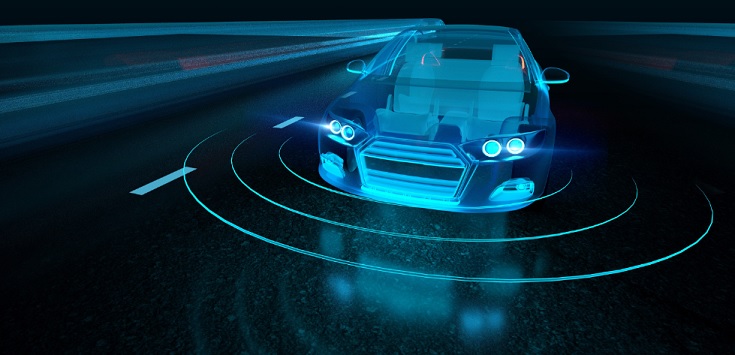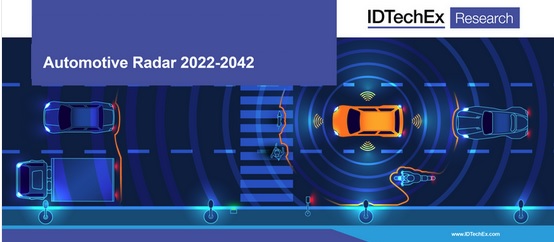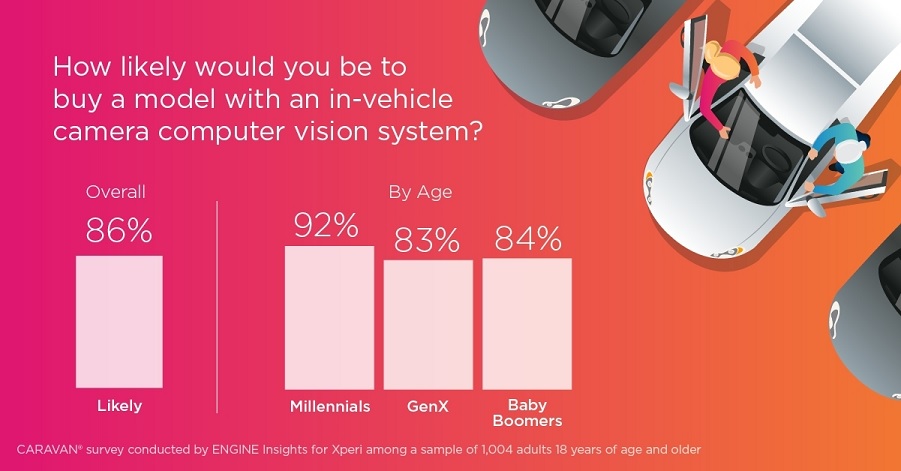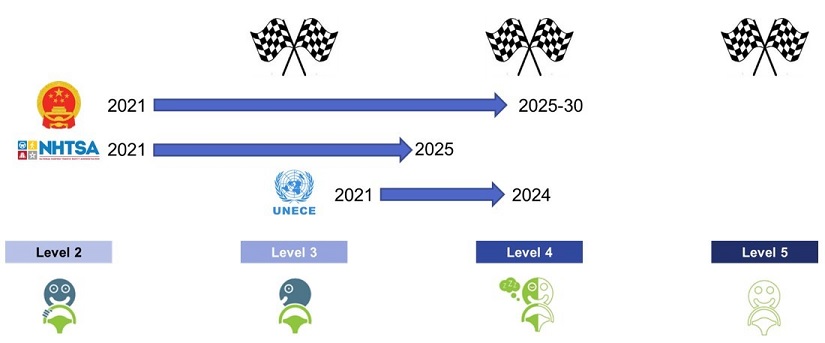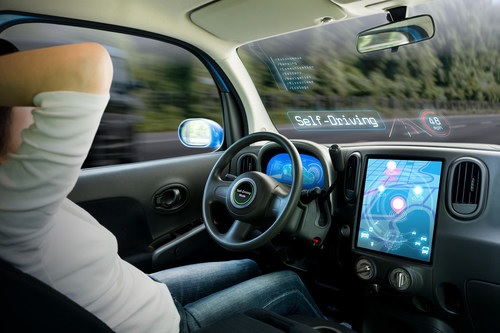Features
While the automotive industry continues to move toward fully automated, self-driving vehicles, the pace is not being matched by educational efforts that will help bring buyers into the modern mobility movement. According to the redesigned J.D. Power 2021 Mobility Confidence Index (MCI) Study, consumers possess inaccurate knowledge of fully automated self-driving vehicles ...
Radar is fundamental to automotive safety and critical to achieving emerging level 4 autonomy. While today more than 50% of new cars are shipped with one or more radars, by 2042 all new vehicles will come with multiple radars as they become a key enabler for future mobility modes, according to IDTechEx's latest report, Automotive Radar 2022-2042 ...
Not only is safety important to 98% of consumers in their vehicle purchase choice, but 86% also said their likelihood to purchase a vehicle would increase if it had a safety-focused computer vision system, according to a new research study commissioned by Xperi and conducted by ENGINE Insights ...
Almost half of all consumers believe fully functional self-driving cars are more than three years away, and nearly 20% would be willing to pay an additional $10,000 to get their hands on this technology, according to a survey of US, UK, and German consumers conducted by Klas ...
Nearly two-thirds of consumers are "sustainability-minded drivers," rating themselves as very or extremely environmentally concerned, which will require automakers to evolve their offerings to meet increased demand for automotive sustainability, according to a report by Accenture, Busting Automotive Sustainability Myths ...
Level 3 autonomous vehicle technology has been ready since 2017 — so where are the autonomous vehicles? The answer lies in unclear liability rules, which have turned out to be a massive headache for automakers like Audi, Tesla, GM, Mercedes, and others, according to the new IDTechEx report, Autonomous Cars, Robotaxis & Sensors 2022-2042 ...
A growing number of connected electric vehicles, as well as the evolution of self driving and automated vehicles are putting a greater demand on processing power, according to according to experts at BrainChip Holdings. These automotive systems rely heavily on Artificial Intelligence and Machine Learning (AI/ML) to train an increasing number of sensors, components, image and video processors in each vehicle ...
Frost & Sullivan's recent analysis of the global autonomous driving industry, finds that original equipment manufacturers (OEMs) and value chain partners are streamlining their strategies, capital investments, and product roadmap to develop and deploy region- and segment-specific partial and highly automated vehicles. By 2025, one in five cars in developed regions will offer one or more Level 2 (L2) features ...
Cyberattacks based on security or software flaws are certainly common, but the easiest path for a cyber attacker to follow is gaining physical access to a part of a desired system. Executive Order 14005, also known as "Made in America," acknowledges this significant risk and mandates greater scrutiny of the origin of computer hardware and its associated supply chain ...
Transportation and energy are becoming increasingly intertwined, opening new opportunities for operators to decarbonize their fleets, build energy resilience, and economize the cost of power. The benefits of ZEV are clear, and market momentum is increasing. Now is the time for fleet operators to start mapping out how to accelerate clean, sustainable, and cost-efficient transportation and energy in our communities ...


